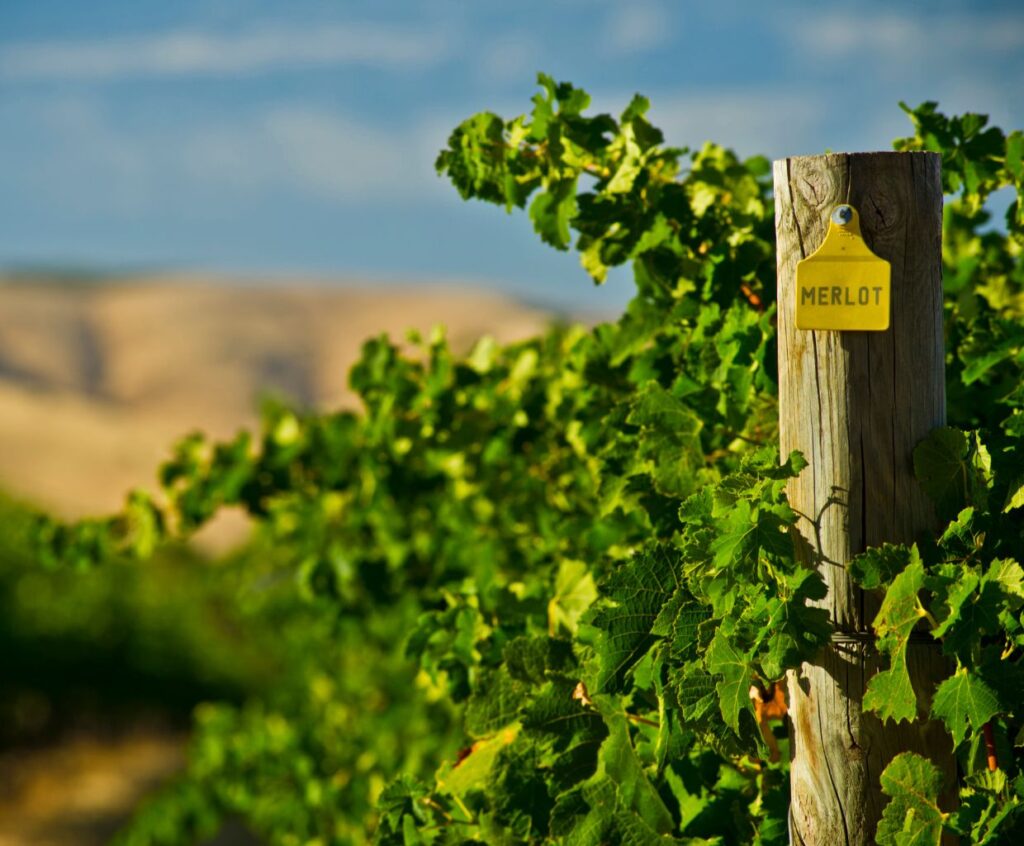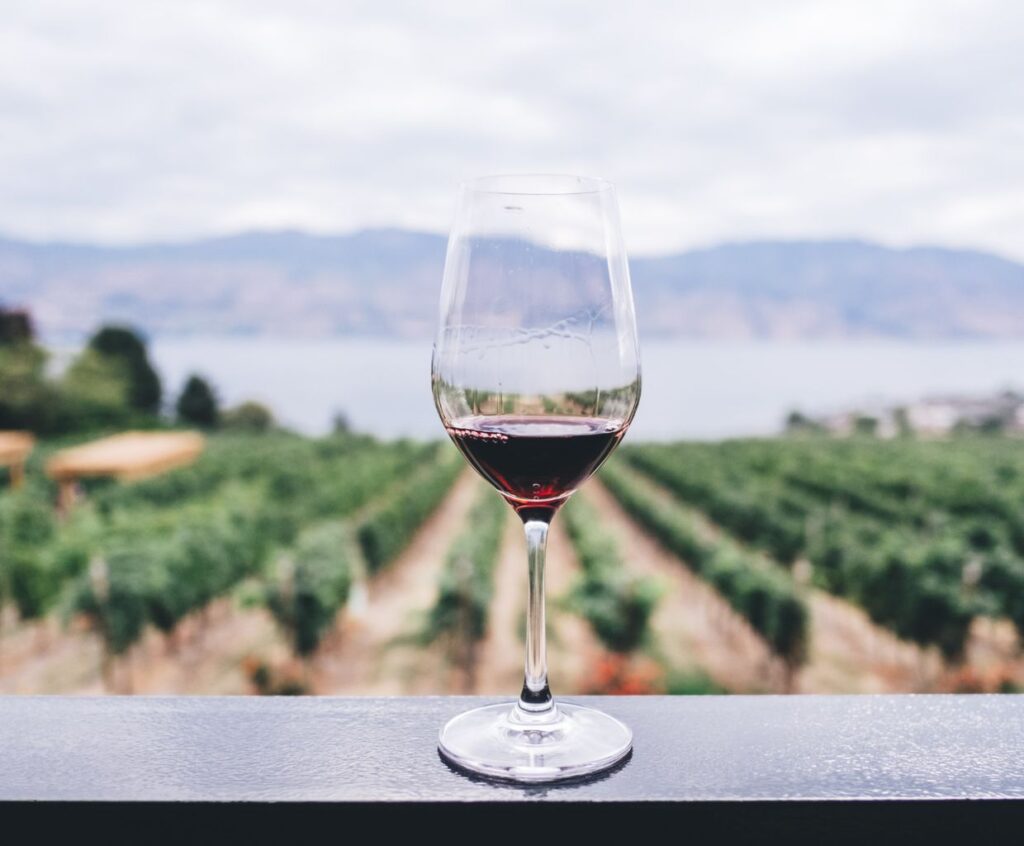Why is Merlot Cheaper than Cabernet Sauvignon? Unraveling the Factors Behind the Price Difference
Welcome, wine enthusiasts! Today, we delve into the intriguing world of wine prices and explore the age-old question: Why is Merlot often priced lower than Cabernet Sauvignon?
As wine lovers, we have all encountered this observation at some point, and it’s time to uncover the secrets behind this phenomenon.
Terroir: The Power of the Land
One of the primary factors influencing wine prices is the concept of terroir. Terroir refers to the environmental factors that impact a vineyard, including soil composition, climate, and topography. These elements contribute to the unique characteristics found in the grapes and, consequently, the resulting wine.
Cabernet Sauvignon tends to thrive in specific regions, such as the renowned wine regions of Bordeaux and Napa Valley. These regions offer ideal conditions for Cabernet Sauvignon grapes to grow, resulting in exceptional wines with intense flavors, complexity, and aging potential. The demand for these wines is usually high, naturally increasing their prices.
On the other hand, Merlot is more versatile and can grow in a broader range of climates and soils. It is often used as a blending grape, adding softness and fruitiness to other varietals. While exquisite Merlots are produced in certain regions, the broader adaptability of this grape makes it more accessible and less expensive to produce.
Supply and Demand
Another critical aspect driving the price difference between Merlot and Cabernet Sauvignon is their supply and demand levels. As previously mentioned, Cabernet Sauvignon is highly sought-after due to its reputation and the limited regions where it thrives. This high demand, coupled with the limited supply, leads to higher prices.
Merlot, being more widely grown and produced, has a relatively larger supply. The greater availability of Merlot wines allows for more competitive pricing, as winemakers can produce larger quantities without facing the same scarcity issues as Cabernet Sauvignon. Consequently, this increased supply helps keep the prices in a lower range.
Perception and Popularity
Perception and popularity play an essential role in the pricing of wines. Cabernet Sauvignon has earned a reputation as a premium wine with luxury and sophistication. This perception and its limited production further elevate its price point.
Merlot, unfortunately, suffered a temporary setback in popularity due to the negative portrayal in the movie “Sideways.” The film’s protagonist famously stated, “I am not drinking any (expletive) Merlot!” This line significantly impacted Merlot sales, leading to decreased demand and lower prices. However, it is crucial to note that the quality of Merlot remained unchanged despite this cinematic influence.
Are there any specific vineyard practices or production techniques that influence the affordability of Merlot compared to Cabernet Sauvignon?
Several vineyard practices and production techniques can influence Merlot’s affordability compared to Cabernet Sauvignon. Here are a few factors that may contribute to the price difference:
1. Yield: Merlot vines typically yield higher than Cabernet Sauvignon. This means more grapes can be harvested from a given vineyard area, resulting in a higher supply of Merlot grapes. The increased supply can lead to lower production costs and a more affordable price for Merlot wines.
2. Aging: Cabernet Sauvignon wines often require longer aging in oak barrels to develop their desired flavors and characteristics. This longer aging process can be expensive, requiring additional storage space and investment in oak barrels. In contrast, Merlot wines usually require less aging, which can help keep the production costs lower and the final price more affordable.
3. Demand and popularity: Cabernet Sauvignon is generally more popular and in higher demand than Merlot. This higher demand can drive up the price of Cabernet Sauvignon wines, as producers can charge more due to the perceived value. On the other hand, Merlot may be more readily available and have a lower price point, as it may not have the same level of demand.
4. Vineyard location: The location of the vineyard can also impact the affordability of Merlot compared to Cabernet Sauvignon. Some regions or appellations have a reputation for producing high-quality Cabernet Sauvignon, which can command premium prices. In contrast, Merlot may be grown in regions where land and production costs are lower, resulting in a more affordable price for the wine.
It’s important to note that these factors can vary depending on the specific wine producer, region, and vintage. Market conditions and consumer preferences can also influence the price difference between Merlot and Cabernet Sauvignon.
Are there any regional or geographical factors that contribute to the lower price point of Merlot in comparison to Cabernet Sauvignon
Several regional or geographical factors contribute to the lower price point of Merlot in comparison to Cabernet Sauvignon:
1. Growing Conditions: Cabernet Sauvignon tends to thrive in warmer climates with longer growing seasons, such as Rapa Valley in California or Bordeaux in France. These regions often have higher land and labor costs, which can drive up the price of Cabernet Sauvignon. On the other hand, Merlot can be grown in a broader range of climates and is less dependent on specific growing conditions, making it more widely available and affordable.
2. Demand and Reputation: Cabernet Sauvignon is generally considered a more prestigious and sought-after wine than Merlot. It has a long-standing reputation for producing high-quality wines, which drives up its demand and, subsequently, its price. While still a popular varietal, Merlot does not command the same level of prestige and demand, leading to a lower price point.
3. Aging Potential: Cabernet Sauvignon typically has a higher tannin and acidity content, which gives it more significant aging potential. Wines that can age well are often priced higher due to the increased investment and risk associated with aging. Conversely, Merlotis is generally consumed at a younger age and does not have the same aging potential, leading to a lower price point.
4. Production and Availability: Cabernet Sauvignon often requires more intensive vineyard management and winemaking techniques, such as more extended maceration periods and oak aging, which can increase production costs. Cabernet Sauvignon vineyards often have lower yields, leading to lower overall production and availability. Merlot, in comparison, has higher yields and is generally more accessible and less costly to produce, making it more affordable.
It’s important to note that these factors are generalizations and can vary depending on specific regions, vineyards, and winemaking practices. Prices can also be influenced by factors such as brand reputation, marketing, and market dynamics.
Why is Merlot Cheaper than Cabernet Sauvignon? – Conclusion
In conclusion, the price difference between Merlot and Cabernet Sauvignon can be attributed to a combination of factors. Terroir is significant in determining cabernet Sauvignon wines’ quality and exclusivity, driving their prices. Additionally, supply and demand dynamics directly impact the pricing, with Merlot benefiting from greater availability and lower production costs.
Ultimately, Berlot and Cabernet Sauvignon have unique characteristics and qualities, making them enjoyable for wine enthusiasts. So, next time you come across a bottle of Merlot at a more affordable price, don’t hesitate to savor its flavors and appreciate the value it brings to your glass!




